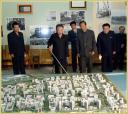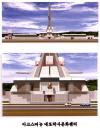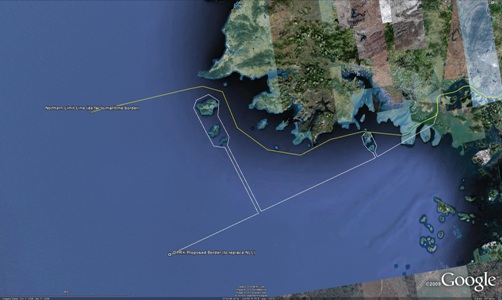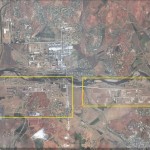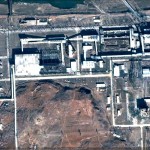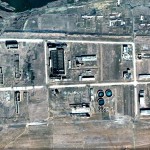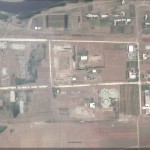North Korea’s state-controlled economy, already just a fraction of its southern rival, shrank last year as a severe winter decimated crops and shortages of raw materials and electricity hindered manufacturing.
South Korea’s central bank in a report released Thursday estimated that North Korea’s economy contracted 0.9 percent — the third time in the past four years the impoverished economy has gotten smaller. It grew 3.1 percent in 2008.
The bank said the North’s economy faced “many difficulties” amid strengthened sanctions and reduced assistance. North Korea is under heavy international sanctions related to its nuclear and missile programs.
The size of the North’s economy was estimated at 28.6 trillion South Korean won ($24.2 billion), or just 2.7 percent that of the South’s.
The Bank of Korea has published estimates of North Korea’s economic performance since 1991. Gauging the extent of activity, however, is difficult as the secretive country does not publish economic statistics.
Despite its troubles, the North has set an objective of achieving the status of a “powerful and prosperous nation” in 2012, the 100th anniversary of the birth of the country’s founder, Kim Il Sung, father of leader Kim Jong Il.
The two Koreas, which fought the 1950-53 Korean War, have taken divergent economic paths. The capitalist South embraces the free market and has grown to be world’s 15th-largest economy.
North Korea’s largely top-down, command-style economy has lagged far behind. The collapse of the Soviet Union, a key source of trade, and a series of natural disasters combined with economic mismanagement in the 1990s led the country to experiment in recent years with limited market reforms and to seek more foreign investment, mostly from China and South Korea.
But tensions over the country’s missile and nuclear programs, the shooting death of a South Korean tourist and the sinking of a South Korean warship that Seoul has blamed on Pyongyang have caused trade and joint economic projects with the South to wither.
A currency reform last year was seen by experts as a botched attempt to cool inflation. The move reportedly sparked anger among citizens stuck with piles of worthless bills.
“The negative economic growth in 2009 was mainly attributable to decreased agricultural production due to damage from particularly severe cold weather and sluggish manufacturing production owing to a lack of raw materials and electricity,” the Bank of Korea said.
North Korea, with its weak infrastructure, is highly dependent on the whims of Mother Nature. Good weather can boost agriculture output as it did in 2008 and contribute to growth. Bad weather, however, in the form of heavy rains and flooding, can prove disastrous.
The country has faced a chronic food shortage since natural disasters and mismanagement devastated the economy in the mid-1990s.
Agriculture, forestry and fisheries contracted 1 percent in 2009 primarily because of the cold weather, the BOK said. Mining output declined 0.9 percent, while manufacturing shrank 3 percent. Heavy industry output declined 3.5 percent.
On the positive side, construction increased 0.8 percent led by housing and civil engineering, according to the BOK.
The Bank of Korea web page is not very user friendly and I have no idea how to link directly to the report. However, if you would like to download your own verision from there, look for this link on the main page: 2009년 북한 경제성장률 추정결과-보도자료. This will take you to the report.
